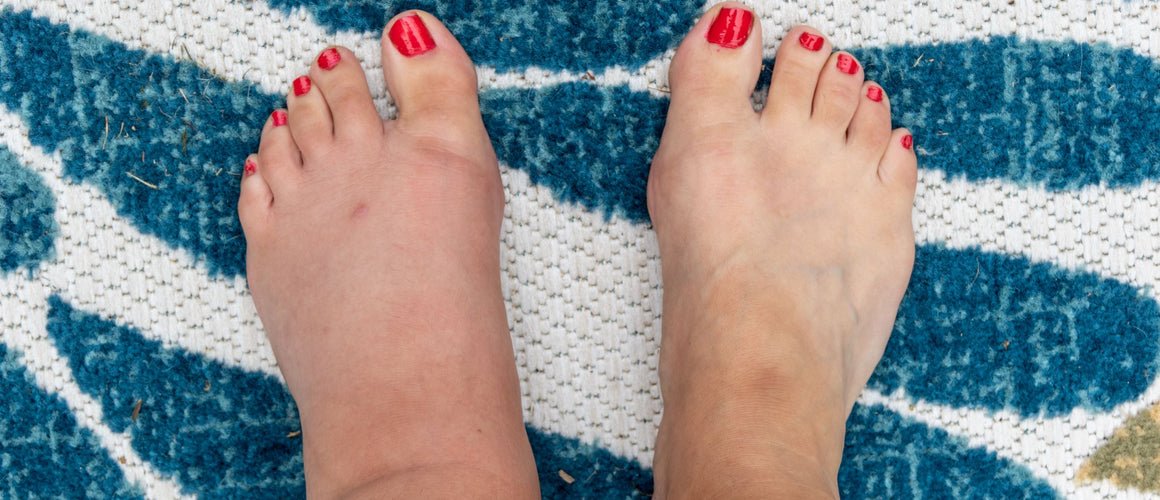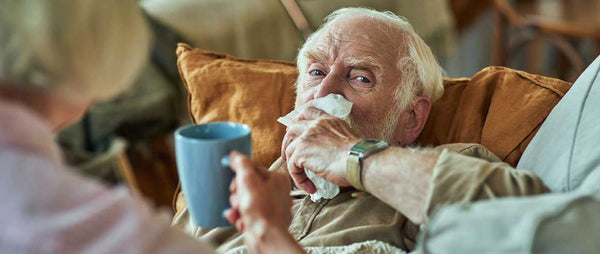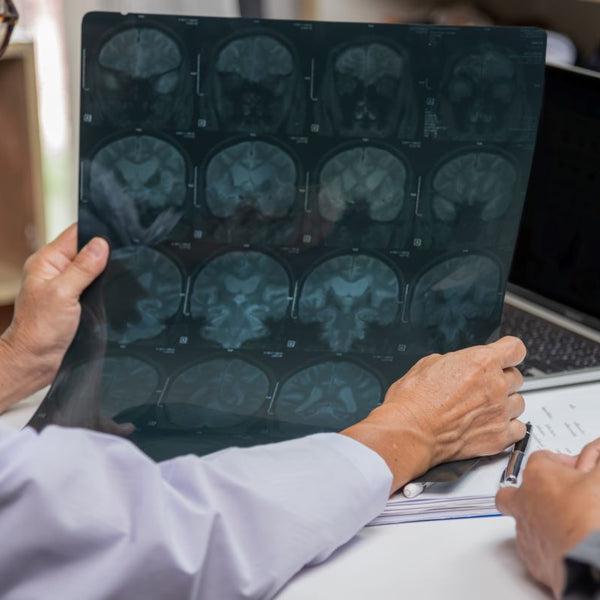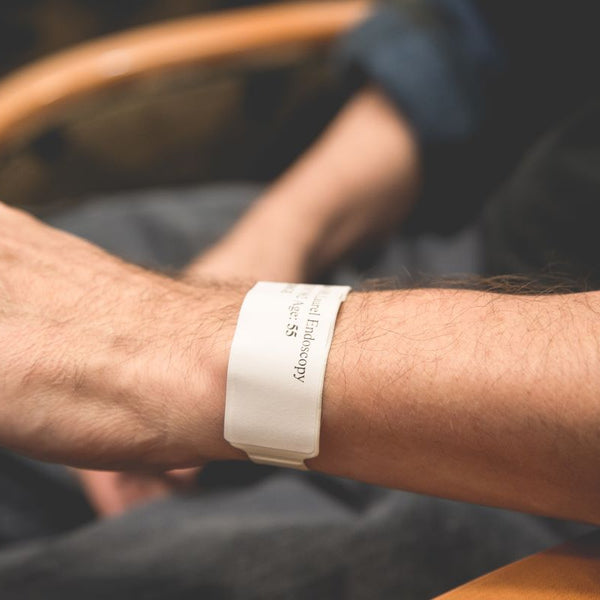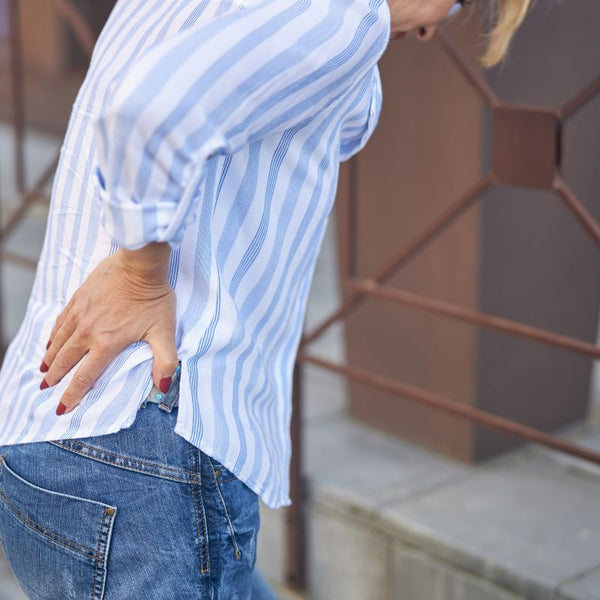As we age, our body continues to change. One common change you may notice is the swelling of the feet and ankles, also known as oedema. According to studies, over 240,000 elderly people in the UK are affected by this medical condition.
Swollen feet and ankles can be very uncomfortable, significantly impacting an elderly person's quality of life. It can lead to reduced mobility, discomfort while walking, and increased risk of falls. Therefore, it is crucial to understand the causes, symptoms, and possible solutions.
In this blog, we will explore the reasons behind swollen feet and ankles in the elderly and provide practical ways to ease the symptoms. However, consulting with a healthcare professional for a proper diagnosis and treatment plan is important.
Common causes of swollen feet and ankles in elderly
Swelling in the feet and ankles occurs when excess fluid accumulates in the tissues, leading to evident swelling. It can result from various factors, including age-related changes in the body, medications, lifestyle, or underlying health conditions.
Congestive heart failure
Heart failure is a condition that occurs when the heart becomes weaker and is unable to pump blood efficiently. This is more common as we age because the heart becomes stiffer. Poor efficiency in pumping blood leads to poor circulation and short-term congestion, causing the veins to retain and build up fluid. As a result, you may experience swelling in your lower extremities.
Kidney or liver diseases
Diseases affecting the kidney or liver can accumulate salt and water in the body, resulting in swollen ankles and feet. These diseases also affect the pressure in the veins in the lower part of the body, causing fluid to build up in these parts. In case of cirrhosis, the damaged liver cannot make albumin, an important protein component, leading to an imbalance of protein levels in body, further causing fluid leak in body.
Venous insufficiency
One of the common conditions causing swelling in feet and ankles in the elderly is venous insufficiency. Unlike arteries, veins don't have muscles in their linings. Veins have valves that prevent blood from flowing backwards. Over time, these valves become less effective, causing blood to accumulate in the veins, known as venous insufficiency. This condition impacts blood flow in the lower limbs, resulting in insufficient blood flow back to the heart and fluid build up.
Side effects of medications
Some commonly prescribed medications for older adults, such as calcium channel blockers, diabetes medication, and steroids, can cause side effects that can lead to or worsen swollen ankles. These medications can increase fluid retention, leading to fluid build up in the lower limbs, subsequently causing swelling. Consulting with your GP to adjust medications may help reduce swelling.
Lack of exercise or activity
As we get older, it can be challenging to stay active, particularly during the dark and cold winter months, due to health conditions and lifestyle factors. Plenty of time is spent indoors, sitting or lying down. Lack of movement can result in poor blood circulation resulting in fluid build up, especially in the lower limbs.
Stay safe and active
If you are worried about your safety when you are out-and-about, an elderly GPS tracker can help you feel more confident and stay active.
Symptoms of swollen ankles in the elderly
Recognising the symptoms of swollen ankles in older adults is important to ensure their well-being. If you or your loved one experiences these symptoms, make sure to get immediate medical attention.
Puffiness and swelling
The most common and visible signs are swelling and puffiness around the ankles and feet. This swelling is hard to ignore, as it changes ankle shapes and causes discomfort while walking or wearing shoes. The extent of swelling can vary, but significant puffiness should be examined carefully.
Redness or tightness

Swollen legs can cause noticeable skin discolouration in the affected area. The skin around the ankles can become red and tight due to increased fluid accumulation, implying an underlying issue that should not be overlooked.
Pain
Oedema is usually a painless condition, but some people may experience discomfort that feels like achy tiredness. It is important to note that severe or significant pain should never be ignored. If you experience sudden, intense pain in your legs or chest, seek help immediately without hesitation.
Exercises for swollen feet and ankles in the elderly
If you or your loved one has swelling in the feet and ankles, it is recommended that you consult your GP before you begin any exercises to reduce swollen ankles. Identifying the underlying cause of swelling is important before attempting to exercise the affected area. This is because exercising to minimise fluid build up can be harmful to those with pre-existing health conditions.
With your GP's consultation, you can easily eliminate ankle swelling through these recommended exercises that you can perform comfortably at home.

Ankle pump
Ankle pumps are simple exercises you or your loved one can do to alleviate the swelling due to oedema. Flexing the ankle back and forth can promote blood flow in the affected area and encourage fluid movement.
- Lie down on your back or sit on a chair with your legs extended.
- Flex the toes away from the body, then point them towards the body and hold them for 3 seconds.
- Repeat this movement for a set number of repetitions, aiming for ten ankle pumps.
- Ankle pumps can be performed multiple times throughout the day.
Glute squeeze
Glute squeezes are highly effective in increasing blood circulation in your body, including your feet and ankles.
- Lie down on your back or sit on a chair.
- Squeeze your buttock muscles (glutes) to tighten them.
- Hold this position for a few seconds.
- Repeat this movement for a set number of repetitions, aiming for ten glute squeezes.
Calf raises
If you're experiencing any swelling in your lower limbs, calf muscle raises can be a helpful exercise. They effectively reduce swelling and push fluids out of the ankles.
- Stand with your feet shoulder-width apart.
-
Hold onto a chair or something stable to support your balance.
- Gently stand on your toes so that your heels are off the ground.
- Gently lower yourself back down.
- Repeat this movement for a set number of repetitions, aiming for fifteen calf raises.
Peace of mind if your elderly loved one has swollen ankles
Swelling in your ankles or feet can hold you back from living your life to the fullest, as oedema can significantly impact your mobility and increase the risk of accidents or falls, especially when no one is around.
One possible help to improve confidence is a personal fall alarm. You can compare different types of personal alarms available for the elderly to find the most appropriate one for a specific situation and individual. For example, options such as automatic fall detection and elderly GPS tracker alarms can help locate the wearer in the event of an incident. With just one push of a button, our 24/7 Emergency Resolution Team can be alerted, and necessary assistance can be arranged if needed. This can provide peace of mind for both the family member and their loved ones.
